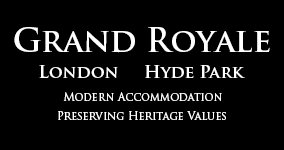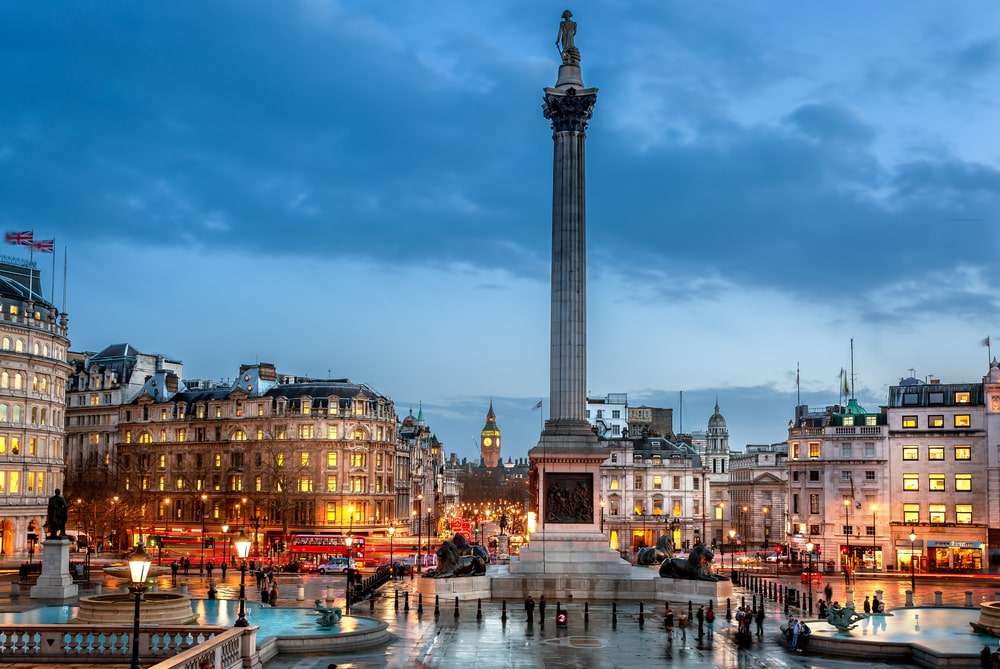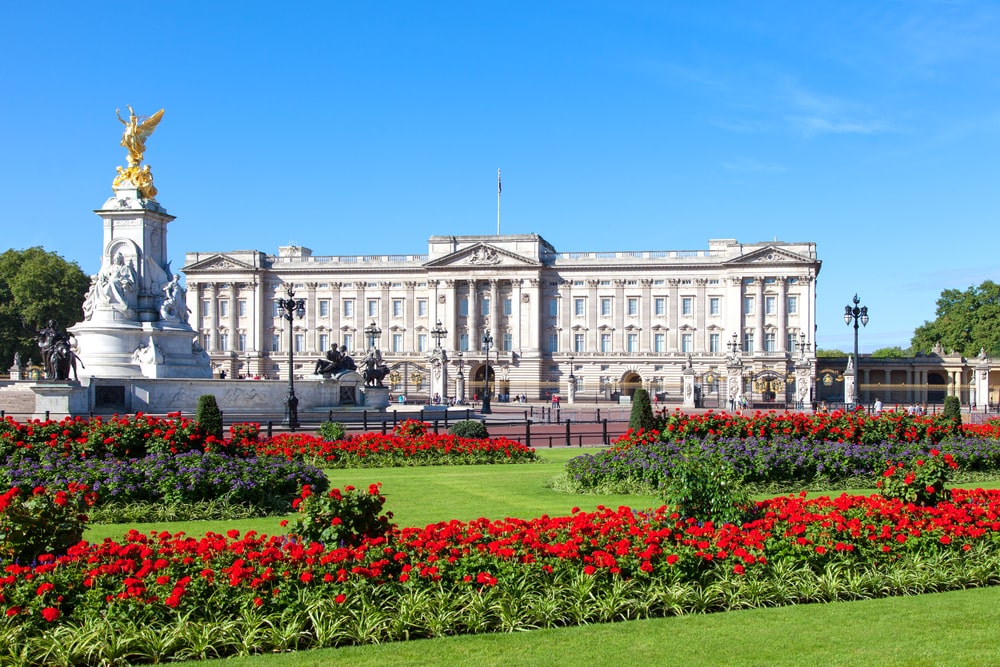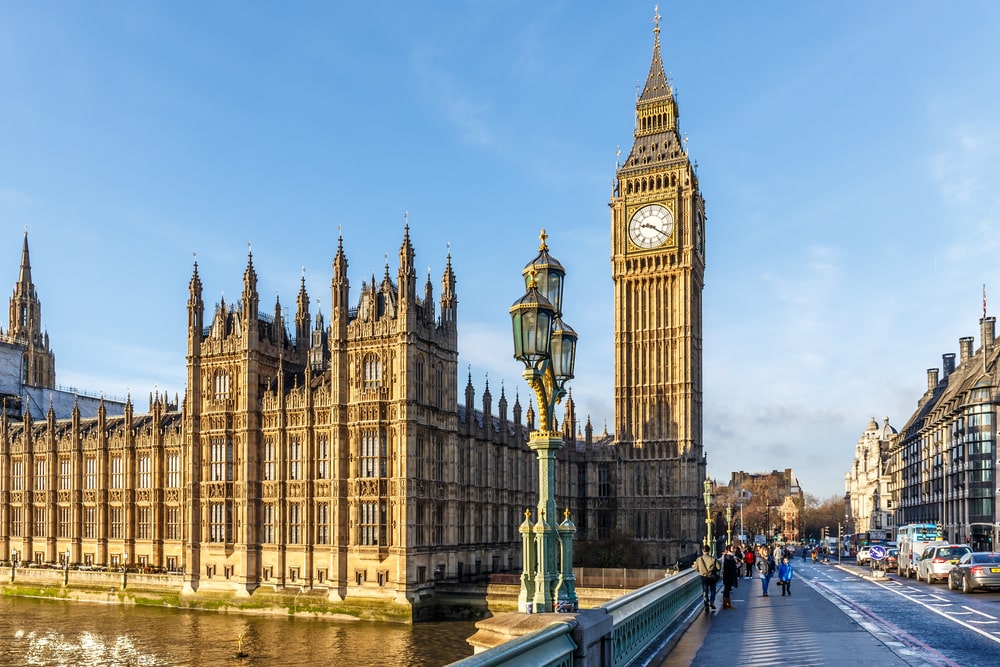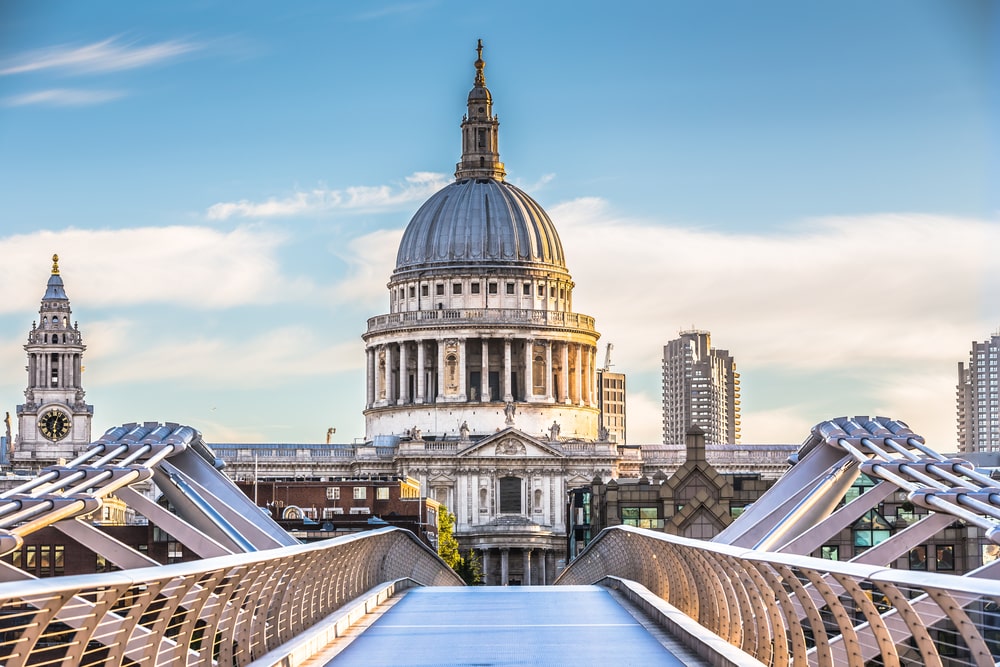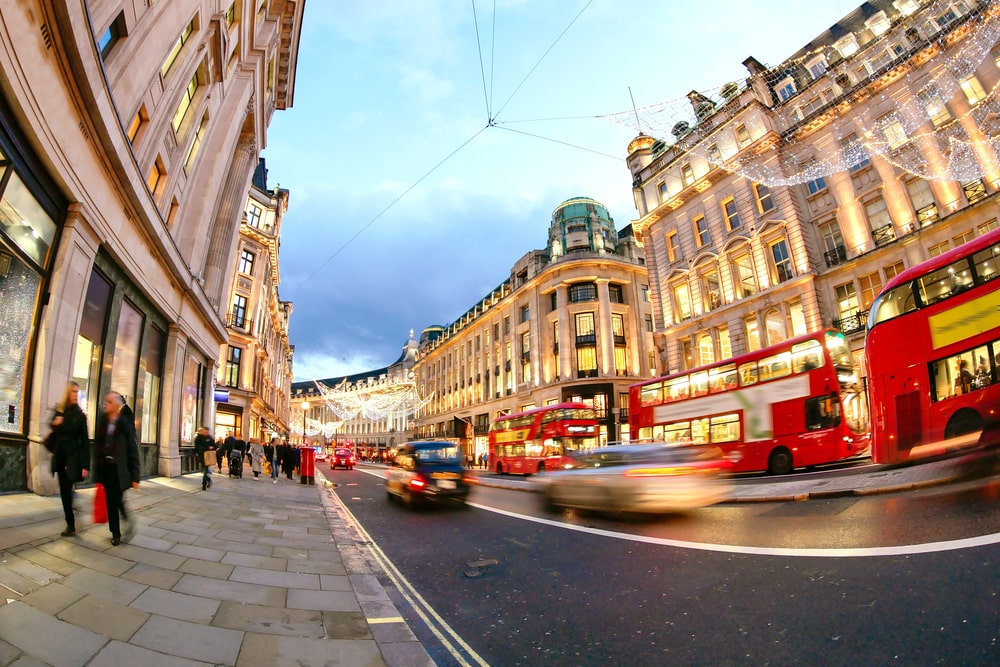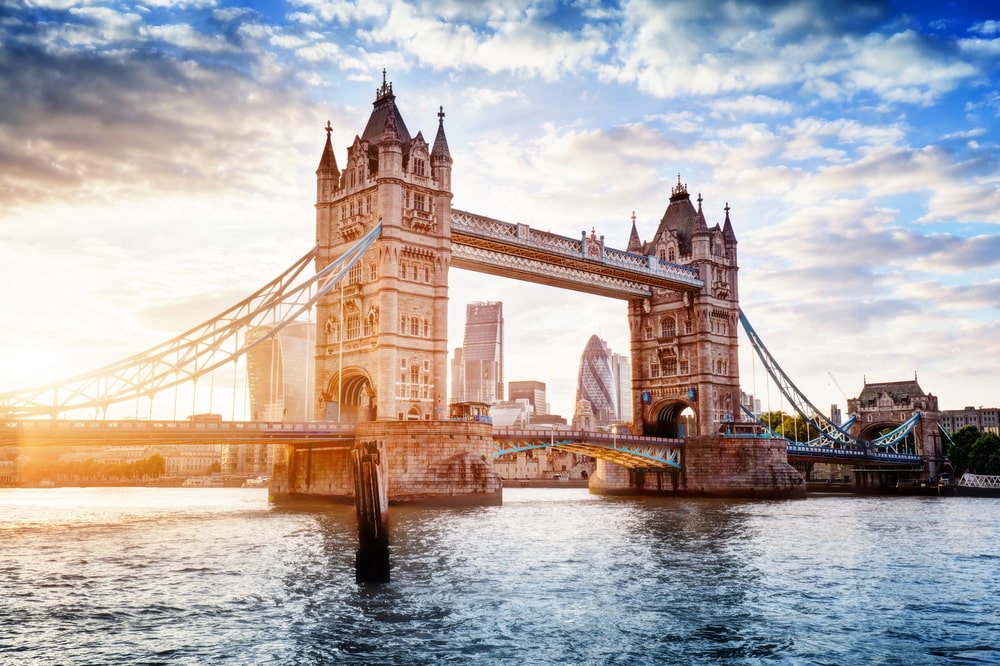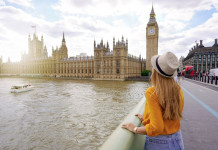Though city breaks can be fun, it’s rare that you feel like you’ve spent enough time to get a handle on your destination. Thanks to its ideal location, guests of the Grand Royale Hotel Bayswater needn’t spend hours of their trip on public transport. The world is right at your doorstep, but that doesn’t mean you’ll get a chance to see everything.
From museums to entertainment, London is teeming with attractions that will take up your time. You have to plan your sightseeing in advance and make the most of your accommodation’s location, especially if you’re only visiting for 48 hours. With many Central London hotel offers drawing in early year tourists and ever more transport routes and options, the choice is yours.
However, there are a number of landmarks in London that truly define the city and provide visitors with insight into the English capital’s character and history. This blog will explore some of the most defining landmarks and attractions in Westminster and the City of London, offering guests of the Grand Royale London Hyde Park with a starting point from which to plan their whistle stop tour.
Trafalgar Square
Trafalgar Square is situated close to the official “centre” of London, well at least according to Google Maps that use the adjacent Charing Cross Station as its marker for the city. Trafalgar Square’s grand memorial to Horatio Nelson, Victorian Admiral and victor over Napoleon at the Battle of Trafalgar. Built in 1846, the monument and the 4 bronze lions at its foot are paeans to the British Empire’s triumphs.
The surrounding area is teeming with tourist attractions too, including the National Gallery and the National Portrait Gallery. Trafalgar Square is also located at the half-mile long promenade strip named the Mall, which leads all the way to the gates of Buckingham Palace. Trafalgar Square acts as a gateway to London’s still active royal palace, and the striking column and surrounding attractions adds to its majesty.
Buckingham Palace
And just half a mile up the Mall is Buckingham Palace itself, the beautiful 17th century manor house that was bought off of the Duke of Buckingham by King George III. Still acting as the royal headquarters of London, Buckingham Palace is only open to guided tours during the summer, but you can see the royal guards in action from beyond its gilded gates. The Queen Victoria Memorial overlooks Buckingham Palace and pays tribute to the famous queen who reigned over much of the 19th century.
Hyde Park
Not far away from Buckingham Palace is one of the city’s most famous royal parks. Teeming with statues and sculptures, Hyde Park was once a hunting park for the Tudors, but has since developed into the community heart of London. From the debaters and orators who talk politics at Speaker’s Corner to the music festivals and winter markets that seasonally take over the park, Hyde Park is as sociable a place as it is beautiful.
Make sure to walk around the famous Serpentine Lake that separates Hyde Park from its younger sister green, Kensington Gardens. The latter is more formal in its landscaping, and has a more tranquil, calm atmosphere to it. Both parks are within walking distance from the Grand Hotel Hyde Park.
Big Ben
Moving away from the royal heart of London and to its political heart, Big Ben and its adjoining Houses of Parliament are two of the River Thames’s most prominent features. The beautiful clock tower was built in 1859 and stands at 96 metres tall. Renamed Elizabeth Tower for Queen Elizabeth’s Diamond Jubilee in 2012, the tower is striking with its neo gothic features, bronzed colour and still-powerful hourly chimes.
St Paul’s Cathedral
With a history that potentially dates back more than a thousand years, St Paul’s Cathedral has been rebuilt numerous times due to fires. The one that now stands proud on Ludgate Hill was built between 1675 and 1710 and was designed by famed London architect Sir Christopher Wren. St Paul’s Cathedral has been the location of many state funerals and celebrations, and was deliberately designed so as to be seen from almost all viewpoints of the city. Whether from the Greenwich Observatory or the viewpoint at Nunhead Cemetery, St Paul’s spire can be viewed above the cityscape.
The South Bank
If you’ve never visited London before and want to see the River Thames, the South Bank is the perfect place to start. Teeming with attractions such as the London Eye, it’s also a cultural hub of British film, theatre and music. The BFI, National Theatre and Southbank Centre all provide daily entertainment, whilst the views over the Thames are unbeatable. From the promenade, one can see the Houses of Parliament, the Shard skyscraper, St Paul’s Cathedral and many more sights, all whilst the roads teem with life. If anywhere depicts the non-stop energy of London in its full glory, it’s the South Bank.
Oxford Street
The thriving heart of London’s shopping district, Oxford Street is the busiest shopping street in Europe and is famous for its wealth of department stores and flagship brand outlets. From the glitz and glamour of Selfridge’s to the quintessential British staple John Lewis, Oxford Street caters to the shopping needs of almost everyone – just try and avoid visiting the afternoon rush hour!
Tower Bridge
Tower Bridge is situated in the Southwark and Tower Bridge boroughs of London and was built in 1886 as a new thoroughfare over the Thames to ease traffic into the growing industry of the east end. Famous for its two iconic towers, Tower Bridge has become a symbol of the river upon which it stands, leading to an exhibition exploring its history opening on its upper floors in the 1980s. During the tour of the bridge, visitors will be faced with the vertigo-inducing glass walkway 42 metres in the air, connecting the 2 Gothic Revival style towers.
